Whenever you notice a new or unusual swelling or growth under the skin (lumps) or in the skin (bumps) on your pet, it is best to have it checked out by your veterinarian. Some lumps are normal. For example, the lymph nodes behind the knees or at the angle of the jaw can be identified by palpation (gentle investigation with your fingers). However, if they become enlarged, it means they are fighting infection or in some cases that they have become cancerous.
When lumps arise, they can range from abscesses and benign fatty tumors to aggressive cancers. They can usually be differentiated from one another by inserting a small needle into them and taking some of the cells out for examination under a microscope. Rarely, a full biopsy is required to fully determine the nature of the lump. Since bumps are in the skin and therefore closer to the surface than lumps. They are more easily identifiable. Some bumps have a very unique appearance and can be identified visually. Warts and skin tags are good examples.
There are some bumps, especially those with irritated or ulcerated surfaces may be a cause for concern. Again, taking some cells via a needle aspirate or by simply pressing a microscope slide onto the surface of the bump for analysis is usually sufficient to determine if there is any cause for concern or further testing or treatment.
Based on the physical appearance, the feel and the types of cells seen under the microscope, your vet will come up with a treatment plan. It could be as simple as monitoring the lump or bump for any changes, treating it with medications – topically, orally or by injection or having the lump or bump removed surgically.
